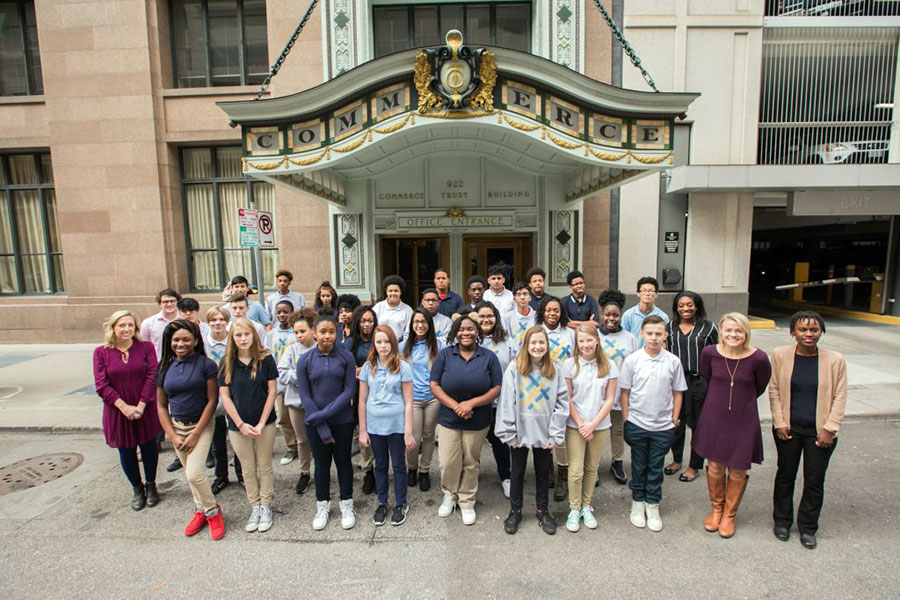In ophthalmology, minimally invasive surgical methods include making tiny incisions inside the eye and using specialised instruments to perform surgery. These procedures/surgeries have grown in popularity due to numerous advantages over conventional open surgery, which include:
- Reduced discomfort and agony
- Quicker recuperation
- Reduced chances of complications
- Better surgical outcomes
- Reduced chances of infection
- Less scarring
Nowadays, a lot of ophthalmology ailments/vision issues, such as glaucoma, refractive vision errors, cataracts, diabetic retinopathy, age-related macular degeneration, etc. are being corrected and treated with minimally invasive ophthalmic surgery procedures. The technology is being explored at a rapid pace for the detection, examination, and treatment of ophthalmic issues.
Here are some common minimally invasive surgical techniques used in ophthalmology:
- Micro-incisional cataract surgery (MICS): Compared to regular cataract surgery, MICS requires fewer incisions, and the size of the incision is less than 1.8 mm. As a result, there is less pain and suffering and a quicker recovery period.
- Phacoemulsification: The most popular minimally invasive technique for cataract surgery is phacoemulsification. It entails creating a tiny incision in the cornea and breaking up and extracting the clouded lens with ultrasound. The same incision is then used to implant a foldable intraocular lens (IOL).
- Laser-assisted cataract surgery: Using femtosecond laser technology, precise incisions are made, the cataract is broken up, and the lens is softened to facilitate simpler removal. The installation of IOLs can be more accurately done with this approach. Using lasers to treat vision issues including astigmatism, farsightedness, and nearsightedness is known as laser eye surgery. Procedures for laser refractive surgery can be done as an outpatient and involve little to no invasiveness.
- Refractive lens exchange (RLE): RLE is a technique that resembles cataract surgery, except it is used to correct refractive errors instead of treating cataracts. Myopia and hyperopia are examples of refractive defects that can be corrected by replacing the natural lens of the eye with an IOL.
- Microinvasive glaucoma surgery (MIGS): This kind of glaucoma surgery is carried out via tiny ocular incisions. The primary cause of glaucoma, intraocular pressure, can be lowered by MIGS.
- Transconjunctival vitreoretinal surgery (TVS): The white tissue covering the front of the eye is made thinly enough to allow for tiny incisions during TVS, a kind of vitreoretinal surgery. Retinal detachment, diabetic retinopathy, and macular degeneration are among the disorders that are treated with TVS.
- Gonioscopy-assisted transluminal trabeculotomy (GATT): This minimally invasive ocular surgery technique makes a bypass route in the eye’s drainage system, the trabecular meshwork.
- Micro-incision vitrectomy surgery (MIVS): This procedure includes microscopic incisions to reach the vitreous cavity and is used to treat retinal diseases.
- Canaloplasty: This less invasive glaucoma procedure uses a microcatheter to expand the drainage system of the eye, lowering intraocular pressure and aiding in glaucoma management. The minimally invasive surgery known as ab interno canaloplasty, or ABiC, is used to treat open-angle glaucoma.
- Trabecular micro-bypass stents: Patients with glaucoma may benefit from the implantation of tiny stents in the trabecular meshwork to improve aqueous humour outflow and lower intraocular pressure.
- Intravitreal injections: These are widely used to treat retinal illnesses such as retinal vein occlusion, diabetic retinopathy, and age-related macular degeneration (AMD). Using a tiny needle, medications are delivered straight into the vitreous cavity.
- Endoscopic cyclophotocoagulation (ECP): This glaucoma therapy uses an endoscope to apply laser to the ciliary processes and is a laser technique used to reduce intraocular pressure in glaucoma patients.
- Corneal cross-linking (CXL): CXL treats corneal ectasia and progressive keratoconus in a less invasive manner. By using UV radiation and riboflavin eye drops to cause collagen fibres to cross-link, it fortifies the cornea.
- Laser-assisted corneal surgeries: The cornea is reshaped and refractive defects including astigmatism, hyperopia, and myopia are corrected with lasers during procedures like SMILE (Small Incision Lenticule Extraction) and LASIK (Laser-Assisted in Situ Keratomileusis).
To learn more about these procedures and eye surgery innovations in detail, you can enroll in an ophthalmology MD online course. The course offers one of the best ophthalmology video lectures, notes, practice questions, chat shows, drug charts, and more. The course provides you the opportunity to learn ophthalmology online from the eminent ophthalmologist in India.
The method by which eye surgery is carried out has been completely transformed by minimally invasive surgical techniques in ophthalmology. However, the exact eye condition of the patient will determine which surgery is best and can be treated with minimally invasive methods.
























